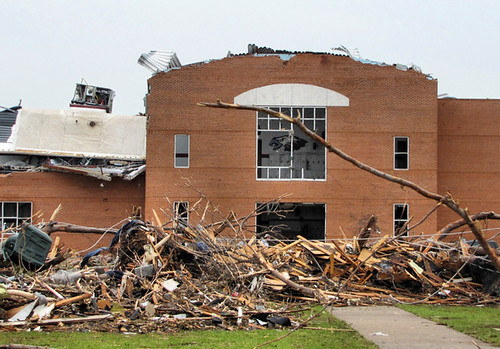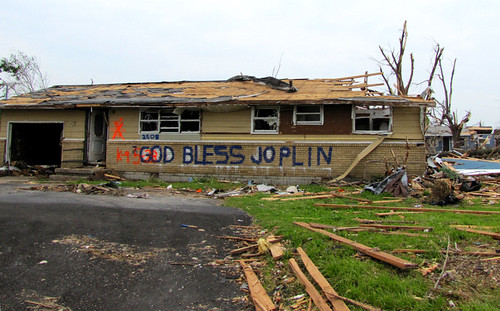In the wake of Joplin’s tornado, homes were destroyed and the possessions within them literally scattered to the wind. While much that was lost, furniture or clothes, can be replaced in one way or another, photographs cannot. They are our way of capturing a moment in time be it a special event or simply the image of a loved one. If lost, there is no way to recapture with a camera that passing moment.
One such photographic horror story concerned the photographs of Murwin Mosler, who photographed Joplin and her people over a span of decades from the 1930s to the 1960s. Mosler’s life work, organized into a collection, was lost when the tornado destroyed his daughter’s home.
Some are not willing to let these lost photographs remained lost as numerous facebook sites, such as Joplin’s Found Photos, sprung up to attempt to reunite owners with their memories. In turn, a website, Joplin Rescued Photos, collects these links and offers to be a central location for the effort to save photographs and return them home. Joplin is not alone, either, as Operation Photo Rescue is on its way to the city sometime soon. Operation Photo Rescue consists of volunteers who will scan in damaged photographs, then digitally repair them and send the restored images to the owners for free.
While the days have passed since the storm and the clean up well under way, keep an eye open to a bent piece of paper lodged beneath a branch, it might well be someone’s memory and with the help of the people above, it might even find its way home.




